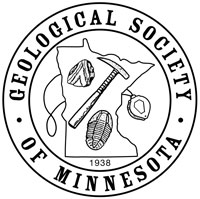Seminar Lab Date:
Seminar Lab presenter:
Seminar Lab Subject:
Seminar Lab Location :
In-person only at U of Minnesota, Keller Hall, Room 3-230
Lecture start time 7:00 PM CT.
Seminar Lab Details:
Summary: Better understanding of earthquake hazard, crustal deformation, and active faults in northern California from geomorphology and high-resolution topographic data.
The U.S. Geological Survey works to better understand earthquake hazards in order to improve models and products that can reduce risk from damaging earthquakes. A component of this is understanding crustal deformation and active faults on which earthquakes occur. In northern California, the active fault system is highly complex, and the rugged landscape is testament to the wide range of styles of crustal deformation. Even in highly vegetated areas, we can now image the topography at sub-meter resolution, which can reveal details of past and modern earthquakes along fault zones. A suite of methods that include quantitative landscape analyses, fault and geomorphic mapping, geochronology, erosion rate measurement, and remotes sensing using laser, optical, and radar imagery can now reveal the landforms and kinematics at work in this hazardous and tectonically active landscape in unprecedented detail.
Biography: Dr. Stephen B DeLong completed his BS in Geology at UMD in 1997 and his PhD in Geosciences at the University of Arizona in 2006. He held postdoctoral positions at Arizona State University and the U.S. Geological Survey, a research faculty position at the University of Arizona, and has held a Research Geologist position at the U.S. Geological Survey Earthquake Science Center since 2013.
